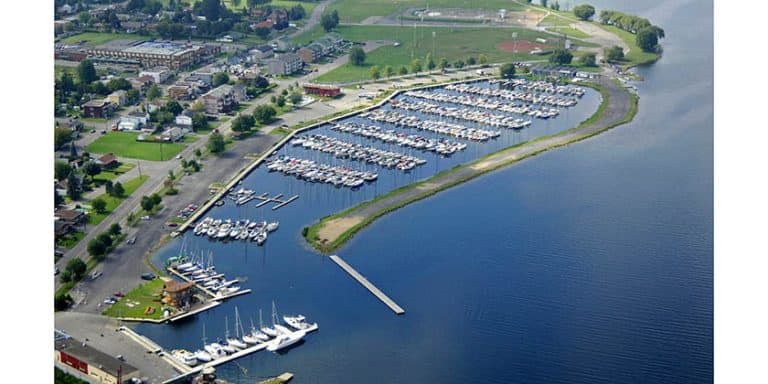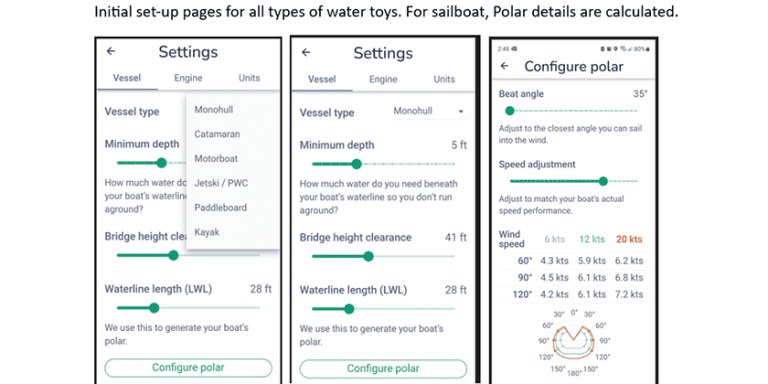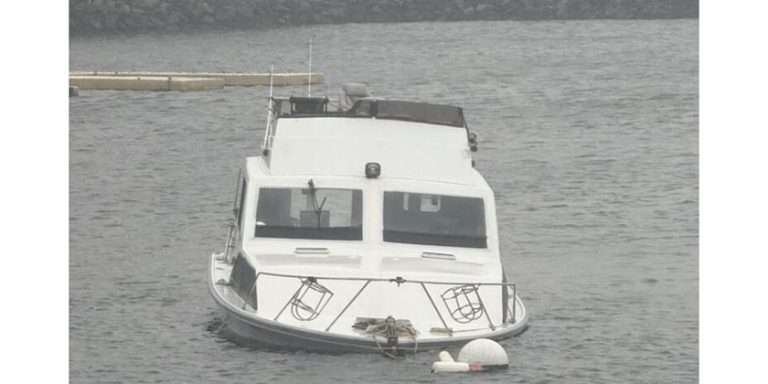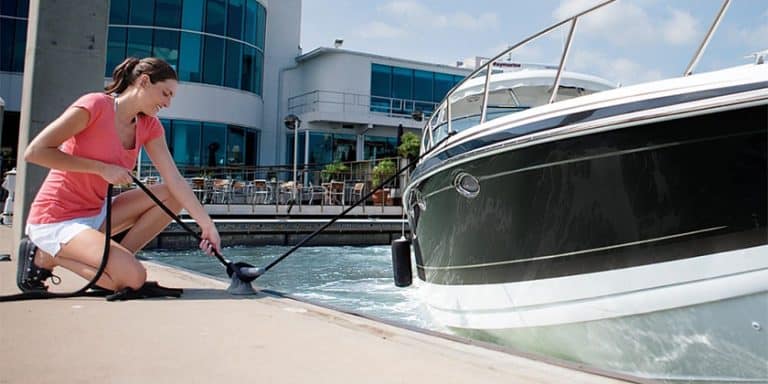Seamanship: Avoiding mishaps by understanding how your boat handles
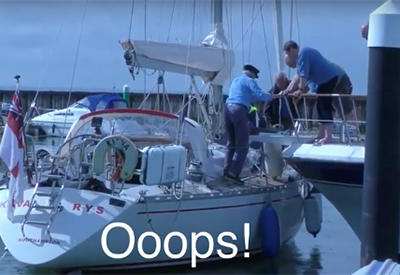
May 12, 2022
by Marc Robic
Full disclosure and confession: I enjoy watching boat failures and crashes on YouTube! As long as no one gets hurt, it’s a lot of fun and very entertaining.
Even in our own clubs and marinas, many members sit around and watch “the show” as fellow boaters get themselves in trouble banging into docks, other boats or getting caught off guard by an unexpected wind gust, etc.
What often stands out is that many of both powerboaters and sailors simply don’t knowi how their boat can and will handle in various circumstances and conditions. Whether it be manoeuvring in tight quarters such as a busy harbour or mooring field, during high winds or gusts of winds while trying to manoeuvre or navigate, reversing, etc., most situations can be safely and successfully handled when we know and understand our boat.
All this speaks to the importance for every boat owner and operator to really know their boat and how it handles. Unfortunately, many boaters have never practiced various manoeuvres to gain that experience.
If we are to prevent or at least minimize accidents and damages or even injury to ourselves and passengers, it is our responsibility to know how our boat can react during any situation, whether we engage in a manoeuvre on purpose or as an evasive reaction. Let’s discuss and review some manoeuvres that all boat operators should practice and understand. Note that these should be practiced on each boat since no two boats will react exactly the same.
Above the water line, every boat will have characteristics making it respond differently – even the same make and model. Dodgers, biminis, full enclosures as well as freeboard height, cabins and high superstructures on cruisers, for example, will determine how that particular boat will respond to wind conditions.
Below the water line, hull and keel shape and design will also affect the boat’s response when manoeuvring. A sailboat with a deep keel will be different than a motor yacht with its relatively flat bottom for example. Along with the overall weight of the boat, the response to current and wind will be different.
So, considering both, what’s above and what’s below the waterline, the combined effects can be quite surprising and daunting. However, once learned, experienced boaters can use this knowledge to their advantage by anticipating how the boat will react to sea and wind conditions at any given time.

Having said that, boats with steerable outboards, stern drives and those with bow thrusters will have a much easier time with these “exercises’’, but should still practice these manoeuvres. Especially since I’ve seen boats get into trouble when their bow thruster broke down at the most unfortunate time! So learning how to control your boat without the thruster is also a very good idea.
Steering. Unlike a car, where the front wheels turn the front of the car. On a boat the rudder, located at the back so it is the back of the boat that moves left or right, not the front. Kind of like backing up your car where the wheels that turn are now at the back! Also, the longer the boat, the more important it is to understand this effect, especially in tight spots.
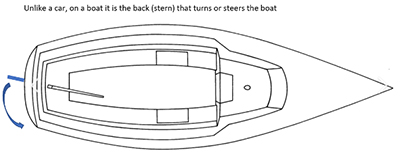
Other important considerations:
Prop walk: Perhaps one of most misunderstood or neglected effects when putting the boat in reverse. And here too, no two boats will behave the same way. So much depends on prop size, prop pitch, engine speed and, of course, hull and rudder shape and position.
But once you master how your boat reacts in reverse, you will find the prop walk can be a great help when backing into a slip or manoeuvring in tight spots.

Practice exercises:
To practice and test your boat and your skills, use a floating mark such as a large visible fender or mooring ball attached to a line and anchor or weight. If your club or nearby clubs have racing markers out, you can use these as well since they are normally made of plastic and will not damage the boat should you hit one during practice.
Needless to say, do not use any navigation buoys. These are made of heavy metal and will damage the boat. Besides, that would be like playing in the middle of the road in the way of other boaters!
On a relatively calm day, find an area with little or no boat traffic and set the mark in the water. Now, practice coming to the mark on your port side. Slow down and switch to neutral just before coming to the mark until a dead stop. Once past the mark, engage the reverse and wait to see what happens relative to the mark. The prop walk effect (on most boats) will bring the stern towards port. What does your prop walk do?
Now do the same approaching the mark on starboard.

How does she react at idle? Now add various throttle speeds and see how she reacts. Try turning the rudder to port (at both idle and speed). Try again turning the rudder to starboard.
Now, move ahead a few hundred yards and try backing up towards the mark for a longer distance. Feel how she tracks and reacts. By switching to neutral and forward, come to a complete stop just before the marker without hitting it.
Let go of the wheel or tiller. How does she react?
Try all the same exercises from different wind directions. Upwind, downwind, on port, on starboard, north, south, est and west! Get to know your boat well!
When you’ll be in an unknown marina or yacht club and need to manoeuvre into a tight spot, or take evasive action, you’ll be glad you know your boat.
A good idea: Once you’re done and before recovering the mark, practice a man overboard (MOB) recovery. Come at it from different wind and current directions. If your regular crew is onboard, this will show them what the process is as well.
In closing, and for your own enjoyment, here’s a YouTube link you might enjoy: boat fails compilation 2022 – YouTube
But above all, let’s all enjoy boating season but stay be safe and sound!
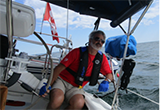
Marc Robic
Marc is a member of the Canadian Power & Sail Squadron. He and his wife sail their Catalina 270, Aquaholic 3, out of the Ile-Perrot Yacht Club in Montreal, where Marc spent 16 years as Harbour Master. They are regular Caribbean bareboat yacht charterers. With over 40-years experience, Marc is also an avid onboard do-it-yourselfer.
mrobic@aol.com

